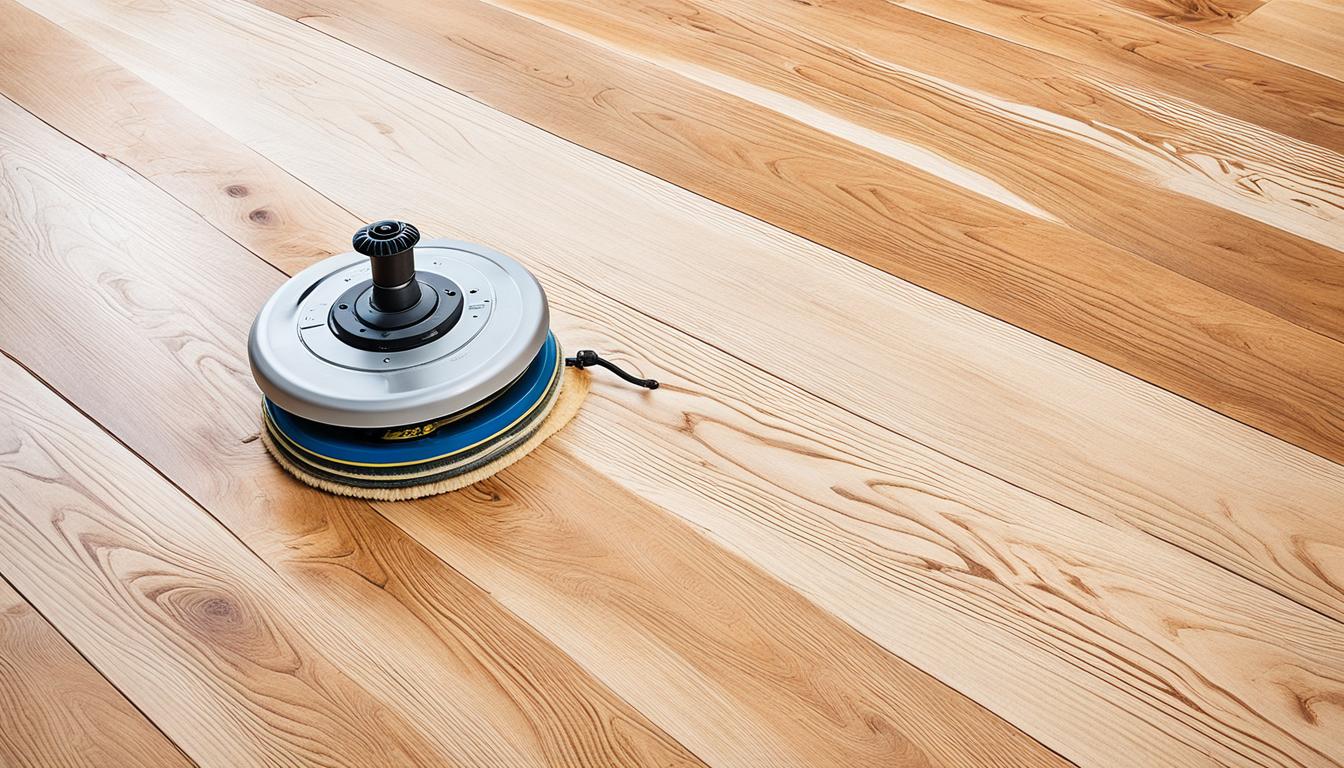Key Takeaways
- Hardwood floor refinishing improves the look and longevity of wood floors.
- Proper techniques and tools are crucial for a successful refinishing project.
- Choosing between DIY and professional refinishing depends on expertise and resources.
- Maintenance after refinishing ensures long-lasting results.
Table of Contents
- Introduction to Hardwood Floor Refinishing
- Tools and Materials Needed
- DIY vs. Professional Refinishing
- Step-by-Step Refinishing Process
- Maintaining Refinished Floors
- Common Mistakes to Avoid
- Eco-Friendly Refinishing Options
Introduction to Hardwood Floor Refinishing
Hardwood floors add a timeless appeal to any home but require upkeep to maintain their luster. Over the years, even the sturdiest hardwood can exhibit wear and tear. It is where hardwood floor refinishing comes into play. Refinishing offers a way to breathe new life into old floors without needing expensive replacements. Refinishing restores the wood’s beauty and helps extend its life by providing a new protective layer. Whether you hire a professional or tackle the job yourself, understanding the process is crucial for achieving the best results. It involves careful preparation, choosing suitable materials, and applying each layer precisely.
Tools and Materials Needed
Successful hardwood floor refinishing requires the right tools and materials. Essential tools include sanding machines, buffers, and various grit sandpapers. Primary materials include high-quality wood stains, polyurethane, and cleaning supplies. These items ensure the refinishing process achieves a smooth and durable finish.
- Sanders:Orbital and drum sanders are the most commonly used machines. These machines efficiently remove old finishes and smooth the wood surface.
- Sanding Pads:For a smooth finish, use a variety of grits, from coarse to fine. Starting with a coarse grit will remove most of the old finish, while finer grits polish the wood.
- Stain and Finish:Depending on your preference and flooring type, choose oil-based or water-based products. Oil-based stains often penetrate more profoundly, while water-based options dry faster and emit fewer fumes.
- Protective Gear:Masks, goggles, and knee pads are necessary for safety. These items protect you from dust, fumes, and physical strain.
DIY vs. Professional Refinishing
Deciding between DIY and professional refinishing can be challenging. DIY projects can save money but require significant time, effort, and understanding of processes. Errors can come with a high price tag and may necessitate the services of a professional to rectify. Professional flooring installation services might be better for those with limited experience or time. Professional refinishing ensures expertise and high-quality results. Experts possess the necessary tools and experience for an efficient and flawless finish. They also know how to handle unexpected issues during the process.
Step-by-Step Refinishing Process
Preparation
Remove all furniture and ensure the room is well-ventilated. Cleaning the floor thoroughly before starting is essential. Dust and debris can interfere with the sanding and staining, making an uneven finish. Taking the time to prepare the room properly will make the entire process smoother and more effective.
Sanding
Sanding the floor removes the previous finish and evens out flaws. Use rough-grit sandpaper and progressively shift to smoother grits for a glossy outcome. This step requires patience and precision, as uneven sanding can lead to visible flaws in the final result. Make sure to sand following the natural direction of the wood fibers to prevent any scratching.
Staining
If you wish to change the floor’s color, apply the wood stain after sanding. Make sure to follow the grain of the wood for an even coat. Make sure the stain is completely dried before adding any sealant. Several layers of paint might be needed to reach the desired richness of hue. Precise use will produce a smooth, uniform shade that brings out the wood’s innate beauty.
Sealing
After the stain dries, several layers of polyurethane are added to seal and safeguard the floor. Ensure each layer is dehydrated before adding the subsequent one. This protective layer enhances the wood’s appearance and guards against wear and tear, moisture, and stains. Proper sealing extends the life of the refinishing work and keeps your floors looking pristine.
Maintaining Refinished Floors
Maintaining your hardwood floors post-refinishing is essential. Regular sweeping or vacuuming can prevent scratches from dirt and debris. Minimizing the use of water and cleaning spills immediately also help preserve the finish. Proper care will keep your floors looking beautiful and extend the life of the refinishing work.
Using protective pads under furniture and area rugs in high-traffic areas can extend the life of your floors. Consistent maintenance keeps the floors looking their best and saves money by reducing the need for frequent refinishing.
Common Mistakes to Avoid
Refinishing hardwood floors can be rife with potential pitfalls. One common mistake is inadequate sanding, which leaves old finishes and imperfections visible. Another mistake is improper stain application, leading to uneven color. Ensuring the stain is applied evenly and allowed to dry completely can prevent blotchy or streaky finishes.
Failure to wait long enough between polyurethane coats can result in a sticky surface that gathers dust, ultimately compromising the quality of the final finish. Each coat should be given ample time to cure fully before the next is applied. Taking shortcuts in the drying process can compromise the durability and appearance of the finished floor.
Eco-Friendly Refinishing Options
Those concerned about their environmental impact can choose eco-friendly refinishing options. Water-based finishes emit fewer volatile organic compounds than oil-based ones, making them safer for home use. These finishes provide a durable, clear coat that enhances the wood’s natural beauty without harsh chemicals.
Additionally, opting for sustainably sourced materials can further reduce the environmental footprint of your refinishing project. Many companies now offer eco-friendly stains and sealants made from renewable resources. Using these products helps minimize the planet’s impact while achieving a beautiful, long-lasting finish for your hardwood floors.

